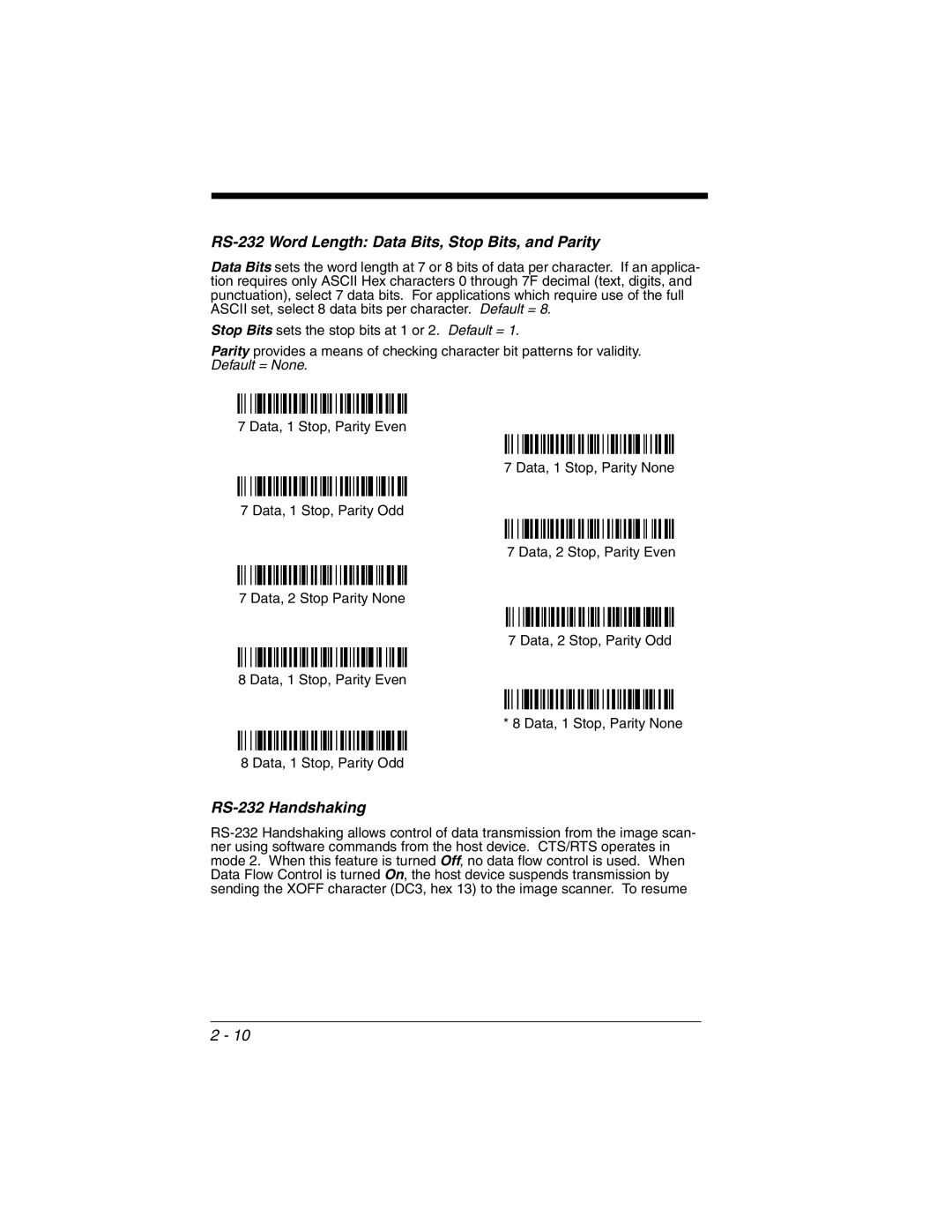2020 specifications
Honeywell 2020 was a landmark year for the company, reflecting its commitment to innovation and sustainability across various sectors. As a diversified technology and manufacturing leader, Honeywell made significant strides in enhancing automation, connectivity, and efficiency, all while addressing pressing environmental concerns.One of the main features of Honeywell’s 2020 offerings was the integration of artificial intelligence (AI) and machine learning across its product lines. These advanced technologies allowed for predictive maintenance, which helped industries monitor equipment health in real-time and minimize downtime. This shift not only improved operational efficiency but also significantly reduced costs for companies by anticipating failures before they occurred.
In the realm of building management, Honeywell’s building automation solutions were enhanced with IoT capabilities. This led to smarter environments where energy consumption could be optimized, improving both comfort and sustainability. The Honeywell Building Management Solutions (BMS) utilized advanced analytics to empower facility managers in making data-driven decisions aimed at reducing energy waste and greenhouse gas emissions.
Moreover, Honeywell’s commitment to environmental responsibility was showcased in its development of renewable energy technologies. The company expanded its portfolio in clean energy solutions, including advancements in energy storage and grid technology. Utilizing transformative materials and processes, Honeywell played a critical role in the global shift towards renewable energy sources.
The aerospace sector saw innovative advancements with Honeywell’s connected sensors and systems that enhanced safety and operational efficiency in aircraft operations. These systems provided real-time data, ensuring optimal performance and safety in aviation. The integration of software and hardware solutions streamlined data collection and processing, providing invaluable insights to operators.
Honeywell also prioritized cybersecurity in 2020, acknowledging the increasing threats against connected devices in both industrial and consumer settings. They strengthened their solutions with robust security features to protect sensitive data, ensuring the integrity and reliability of their systems.
In summary, Honeywell 2020 was defined by a strategic focus on digital transformation through AI, IoT, and enhanced cybersecurity. The company’s commitment to sustainability and innovation made it a pivotal player in addressing modern challenges across industries, setting a robust foundation for future growth and technological advancements. Through these efforts, Honeywell not only improved operational efficiency but also contributed significantly to a more sustainable future.

